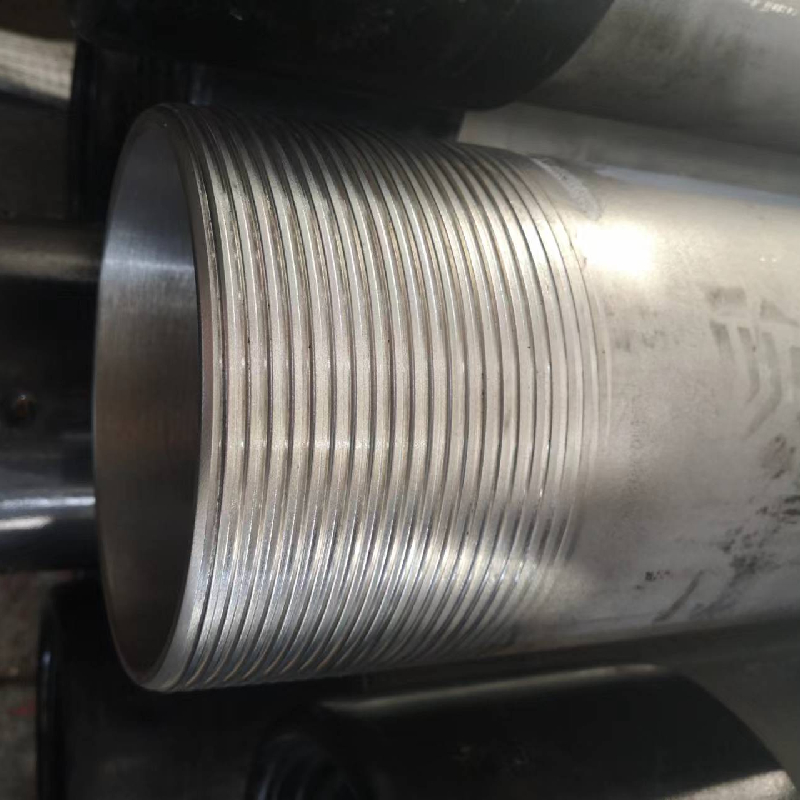- Afrikaans
- Albanian
- Amharic
- Arabic
- Armenian
- Azerbaijani
- Basque
- Belarusian
- Bengali
- Bosnian
- Bulgarian
- Catalan
- Cebuano
- Corsican
- Croatian
- Czech
- Danish
- Dutch
- English
- Esperanto
- Estonian
- Finnish
- French
- Frisian
- Galician
- Georgian
- German
- Greek
- Gujarati
- Haitian Creole
- hausa
- hawaiian
- Hebrew
- Hindi
- Miao
- Hungarian
- Icelandic
- igbo
- Indonesian
- irish
- Italian
- Japanese
- Javanese
- Kannada
- kazakh
- Khmer
- Rwandese
- Korean
- Kurdish
- Kyrgyz
- Lao
- Latin
- Latvian
- Lithuanian
- Luxembourgish
- Macedonian
- Malgashi
- Malay
- Malayalam
- Maltese
- Maori
- Marathi
- Mongolian
- Myanmar
- Nepali
- Norwegian
- Norwegian
- Occitan
- Pashto
- Persian
- Polish
- Portuguese
- Punjabi
- Romanian
- Russian
- Samoan
- Scottish Gaelic
- Serbian
- Sesotho
- Shona
- Sindhi
- Sinhala
- Slovak
- Slovenian
- Somali
- Spanish
- Sundanese
- Swahili
- Swedish
- Tagalog
- Tajik
- Tamil
- Tatar
- Telugu
- Thai
- Turkish
- Turkmen
- Ukrainian
- Urdu
- Uighur
- Uzbek
- Vietnamese
- Welsh
- Bantu
- Yiddish
- Yoruba
- Zulu
Understanding Tubing Coupling Techniques for Enhanced Connection Efficiency and Reliability
Understanding Coupling for Tubing Essential Insights
In various industries, tubing is an essential element used for transporting fluids, gases, or even solids. Whether in oil and gas exploration, water supply systems, or industrial processes, the need for reliable connections between tubing sections is paramount. This is where coupling for tubing comes into play, providing the necessary integrity to ensure a seamless flow and minimize risks.
What is Tubing Coupling?
A coupling is a mechanical device used to connect two sections of tubing, allowing them to function as a single continuous line. Couplings can vary in design and material depending on the application, pressure requirements, and the nature of the fluid being transported. The main purpose of coupling is to provide a secure, leak-proof connection that maintains the integrity and performance of the entire tubing system.
Types of Couplings
There are several types of couplings used in tubing applications. Some of the most common include
1. Screw Couplings These are prevalent in many applications due to their ease of installation and disassembly. They feature threads on the inner surface that allow for a tight seal when screwed together.
2. Welded Couplings In high-pressure systems, welded couplings are often used as they offer superior strength and durability. The tubing ends are joined by welding, creating a permanent bond that minimizes the risk of leaks.
3. Flanged Couplings These consist of two flanges that are bolted together, often used in larger lines and where maintenance access is required. They are essential for applications that necessitate disassembly for cleaning or inspection.
4. Compression Couplings These involve a mechanism that compresses a seal against the tubing, providing a leak-proof connection. They are commonly used in low-pressure systems and can be quickly assembled.
Materials Used for Couplings
The choice of materials for tubing couplings significantly impacts performance and longevity. Common materials include
- Steel Known for its strength and durability, steel couplings are widely used in oil and gas applications, where high pressures and harsh environments are common
.coupling for tubing

- PVC Lightweight and resistant to corrosion, PVC couplings are standard in water supply and drainage systems. They are cost-effective but may not withstand high temperatures or pressures.
- Stainless Steel Offering excellent corrosion resistance and strength, stainless steel couplings are often used in chemical processing and food industry applications.
- Brass Brass couplings provide good corrosion resistance and are frequently found in plumbing systems.
Importance of Proper Coupling
Ensuring that the correct type of coupling is used for a given application is crucial for safety and efficiency. An improperly fitted coupling can lead to leaks, pressure loss, or catastrophic failures. Regular maintenance and inspections of couplings can help identify issues such as wear and tear, corrosion, or misalignment before they become critical threats.
Applications of Tubing Couplings
Couplings are vital across various sectors
- Oil and Gas In extraction and transportation, reliable couplings prevent spills and ensure a smooth transfer of crude oil or gas.
- Manufacturing Tubing couplings allow for the efficient movement of liquids in processing plants, ensuring operations run smoothly.
- Plumbing A solid coupling connection guarantees that household water systems function effectively without leaks.
Conclusion
The significance of coupling for tubing cannot be overstated. By understanding the different types, materials, and applications, industries can make informed decisions to enhance the reliability and efficiency of their tubing systems. As technology advances, innovations in coupling designs and materials continue to improve safety and performance, further solidifying the role of coupling in fluid transport systems across various fields. Whether it's ensuring a secure oil pipeline or providing safe water connections in homes, the importance of quality couplings remains a fundamental aspect of modern infrastructure.
-
Tubing Pup Joints: Essential Components for Oil and Gas OperationsNewsJul.10,2025
-
Pup Joints: Essential Components for Reliable Drilling OperationsNewsJul.10,2025
-
Pipe Couplings: Connecting Your World EfficientlyNewsJul.10,2025
-
Mastering Oilfield Operations with Quality Tubing and CasingNewsJul.10,2025
-
High-Quality Casing Couplings for Every NeedNewsJul.10,2025
-
Boost Your Drilling Efficiency with Premium Crossover Tools & Seating NipplesNewsJul.10,2025







